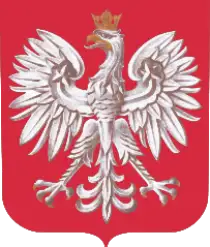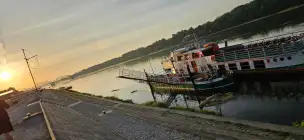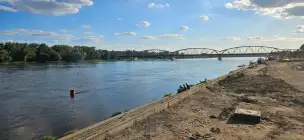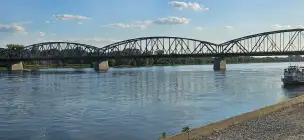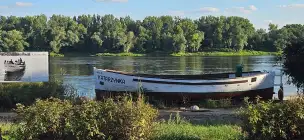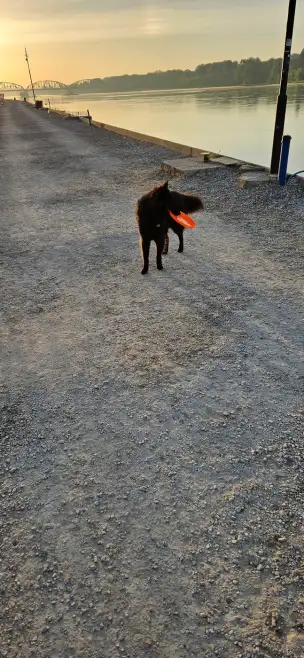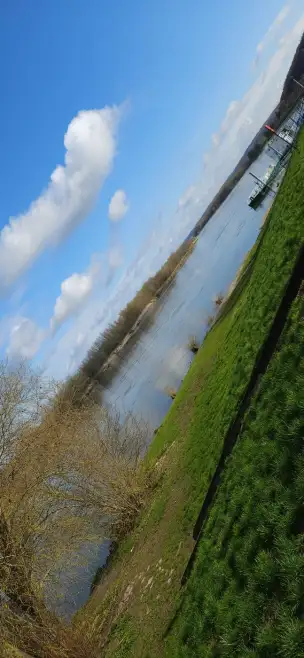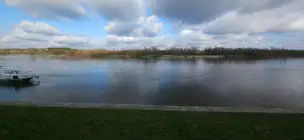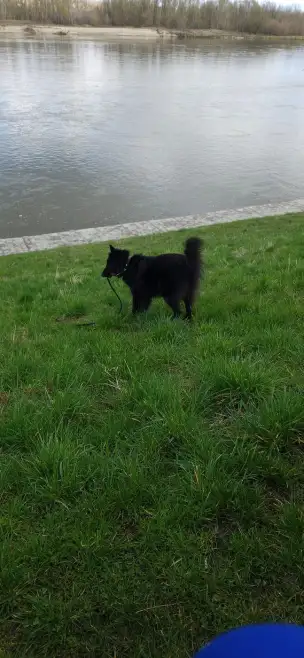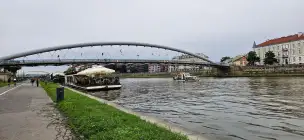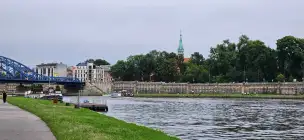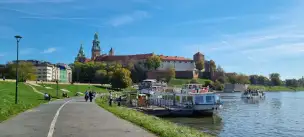Years 2020–21 — the time of the so-called pandemic, with all of Europe gripped by COVID restrictions. Different in each country. And in federal states like Germany, each federal state handled things its own way: different rules in Saxony, others in Bavaria, and yet others in Berlin, which is administratively separate from the region of Brandenburg.
The European tourist, instead of traveling, stayed home — unsure whether they needed to get vaccinated to go abroad or not. Or maybe just a test was enough? How many doses of a two-dose vaccine were required to transit through the Czech Republic, and how many to enter Austria? Did Slovakia require an antigen test or a PCR one, and was the sample to be taken from the nose, the throat, or—like in China—from the anus?
International tourism came to a halt, and people started discovering the charms of their own countries. Same with me. In a short time, I realized how much I’d been missing, and thoughts like these started popping into my head:
- Why was I wandering around Brussels and Barcelona when I had Elbląg and Kurozwęki right under my nose?
- The leaning tower in Pisa? Ours in Toruń leans more!
- The Ferrari Museum in Maranello? Don’t make me laugh. Clearly, you haven’t been to Otrębusy!
And I think I might’ve burst from that patriotic fervor, if Putin hadn’t attacked Ukraine and if Europe’s leaders hadn’t found new ways to make our lives difficult…
Vistula River
The Vistula River is the longest and one of the most important rivers in Poland—not only in geographical terms, but also culturally, environmentally, and historically. It stretches approximately 1,047 kilometers, flowing through much of the country—from its source in the Silesian Beskids to its mouth on the Baltic Sea near Gdańsk.
The Vistula is one of the last large, relatively natural rivers in Europe—unchannelled in many places, which promotes biodiversity.
But the Vistula is more than just a river—it's the backbone of Poland, linking the mountains to the sea, history to nature. Its wild character, abundance of attractions, and cultural heritage make it an excellent travel destination for both nature lovers and history enthusiasts.
Landmarks Along the Vistula
- Wawel in Kraków – the former seat of Polish kings.
- Janowiec Castle – ruins of a Renaissance castle perched on a high escarpment.
- Old Town in Sandomierz – with an underground tourist route.
- Castle in Płock – former residence of the Dukes of Masovia.
- Toruń – including Copernicus’ House, Gothic churches, and a Teutonic castle.
- Malbork (near the Nogat, a branch of the Vistula) – Teutonic castle, the largest Gothic fortress in the world.
- Gdańsk – historic port city with landmarks like the medieval crane (Żuraw), St. Mary’s Basilica, and Westerplatte.


